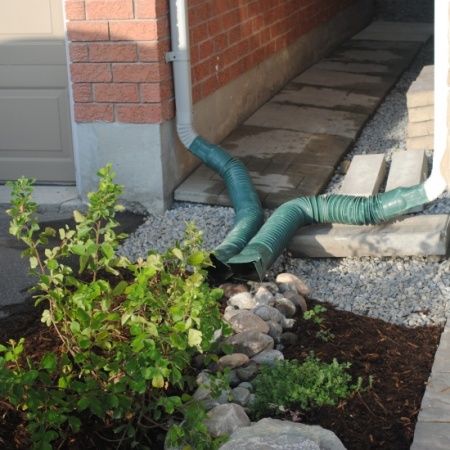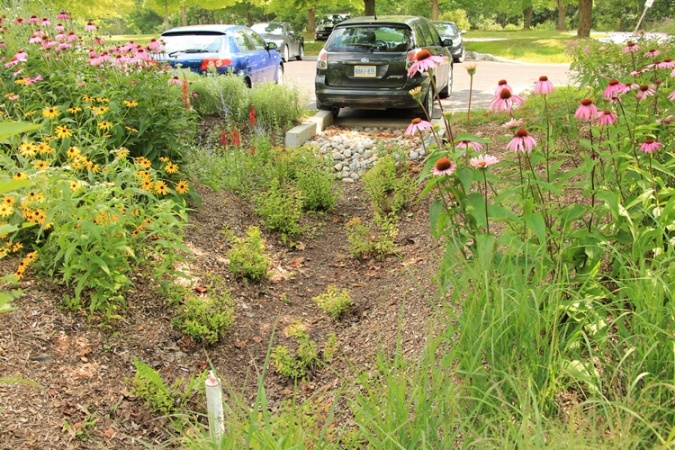Difference between revisions of "Rain gardens"
Jump to navigation
Jump to search
Jenny Hill (talk | contribs) |
Jenny Hill (talk | contribs) |
||
| Line 105: | Line 105: | ||
===External Links=== | ===External Links=== | ||
| − | + | <ul> | |
| + | <li>[https://rainscapeto.ca/ RainScapeTO] </li> | ||
| + | </ul> | ||
---- | ---- | ||
<table class="table table-hover table-condensed table-bordered"> | <table class="table table-hover table-condensed table-bordered"> | ||
<td class="text-center"><i class="fa fa-envelope-open-o"></i> [[Special:SpecialContact|<strong>SEND US YOUR QUESTIONS & FEEDBACK ABOUT THIS PAGE</strong>]]</td> | <td class="text-center"><i class="fa fa-envelope-open-o"></i> [[Special:SpecialContact|<strong>SEND US YOUR QUESTIONS & FEEDBACK ABOUT THIS PAGE</strong>]]</td> | ||
</table> | </table> | ||
Revision as of 19:55, 21 June 2017
This article is about planted installations designed to capture surface runoff in an amended soil.
For more highly engineered systems, see Bioretention Cells.
Overview[edit]
Rain gardens are the
Rain gardens are ideal for:
- Capturing the flow from disconnected downspouts
- Community design/build projects for raising awareness
The fundamental components of a rain garden are:
- An amended soil mix
- Suitable planting
Additional components may include:
- A splash pad of rocks to prevent the downspout flow from eroding the soil
- An overflow channel to another are of garden
Planning Considerations[edit]
Planning Content
<panelSuccess>
</panelSuccess>
Design[edit]
Design Content
<panelSuccess>
</panelSuccess>
Performance[edit]
Performance Content
<panelSuccess>
</panelSuccess>
Incentives and Credits[edit]
In Ontario
City of Mississauga
The City of Mississauga has a stormwater management credit program which includes RWH as one of their recommended site strategies[1].
LEED BD + C v. 4
SITES v.2
See Also[edit]
External Links[edit]
| SEND US YOUR QUESTIONS & FEEDBACK ABOUT THIS PAGE |

